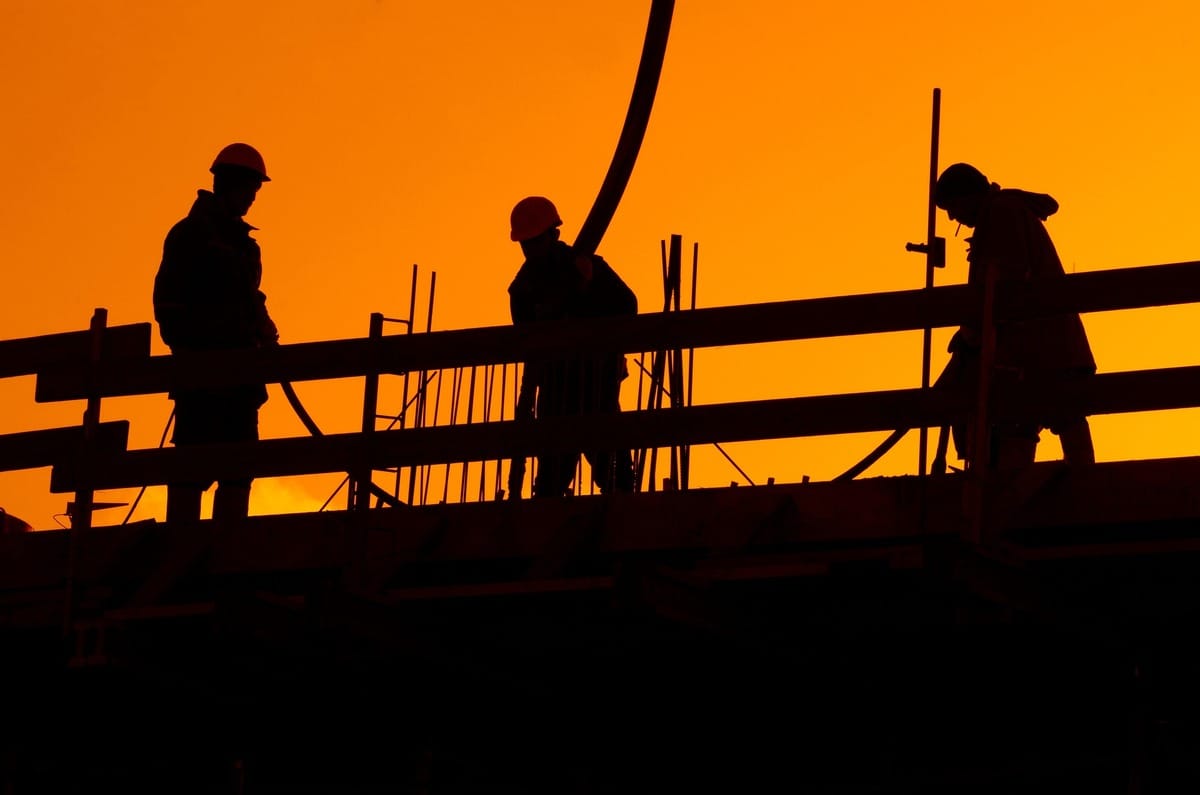- Full Brim Safety
- Posts
- The Immediate Steps: Securing the Scene
The Immediate Steps: Securing the Scene
Full Brim Safety: Build Smart, Build Safe

The Immediate Steps: Securing the Scene
Welcome back, let's Build Smart & Build Safe! Yesterday, we established that accident investigation is about learning, not blaming. Today, we cover the critical first few moments after an incident: Securing the Scene and Initial Response.
The actions taken immediately following an accident are vital. They protect the injured, prevent further accidents, and preserve the evidence needed to find the root cause.
1. Secure the Area (Preserve Evidence)
Your first duty after a serious injury is to isolate the area where the incident occurred.
Do Not Move Anything: Nothing should be moved or cleaned up until the investigation team has documented the scene, except to prevent further harm or access the victim. The location of tools, debris, equipment, and even the victim's position are crucial evidence.
Establish a Barrier: Use caution tape, barricades, or cones to clearly mark the boundaries of the scene. Keep unauthorized personnel out to ensure the integrity of the evidence and prevent contamination.
2. Care for the Injured & Control Hazards
While securing the scene, simultaneously ensure the immediate safety and well-being of the victim and others:
First Aid First: Immediately administer the appropriate first aid and call for emergency medical services (911 or your local number) as we discussed in Week 26.
Deactivate Hazards: If the accident involved energy (electrical, gas, or mechanical), the power source must be safely shut off and locked out before anyone approaches the victim or the equipment, preventing a secondary injury.
3. Notify the Authorities
The severity of the incident dictates who needs to be informed:
Internal Notification: Notify the site supervisor, safety manager, and relevant company leadership immediately.
External Notification: Certain severe injuries (e.g., fatality, amputation, in-patient hospitalization) have mandatory reporting timelines to regulatory bodies like OSHA. Know your company's policy and be prepared to contact the necessary regulatory agency within the required time frame (often 8 or 24 hours).
Taking these immediate steps ensures that the injured person receives care and that the integrity of the investigation is preserved.
Tomorrow, we'll discuss the methods for collecting robust evidence: photos, documentation, and witness interviews.
Please share us with your friends for a daily dose of construction safety tips!
-The Safety Man
